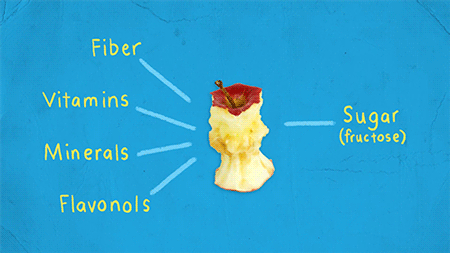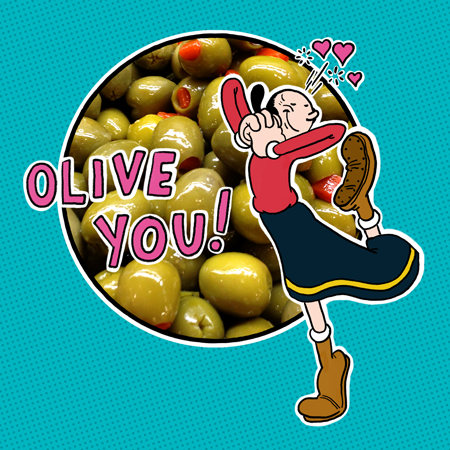
Liquid sugar, such as in sodas, energy drinks and sports drinks, is the leading single source of added sugar in the American diet, representing 36% of the added sugar we consume.
Research suggests that our bodies process liquid sugar differently than sugar in foods, especially those containing fiber.
Scientists argue that when you eat an apple (for example), you may be getting as many as 18 grams of sugar, but the sugar is “packaged” with about one-fifth of our daily requirement of fiber. Because it takes our bodies a long time to digest that fiber, the apple’s sugar is slowly released into our blood stream, giving us a sustained source of energy.

But when we drink the same amount of sugar in sugary drinks, it doesn’t include that fiber. As a result, the journey from liquid sugar to blood sugar happens quickly, delivering more sugar to the body’s vital organs than they can handle. Over time, that can overload the pancreas and liver, leading to serious diseases like diabetes, heart disease and liver disease.
Watch the full video with UC Davis nutritional biologist, Dr. Kimber Stanhope:

